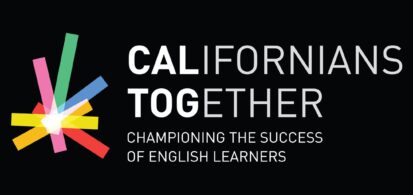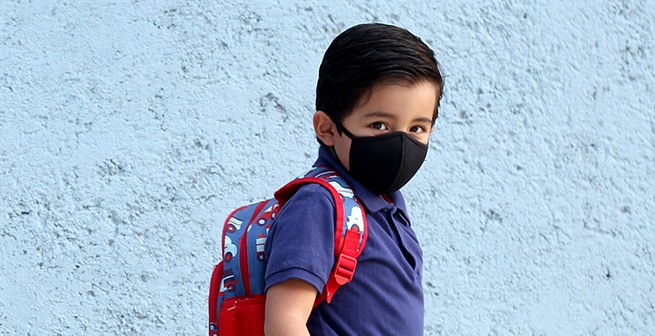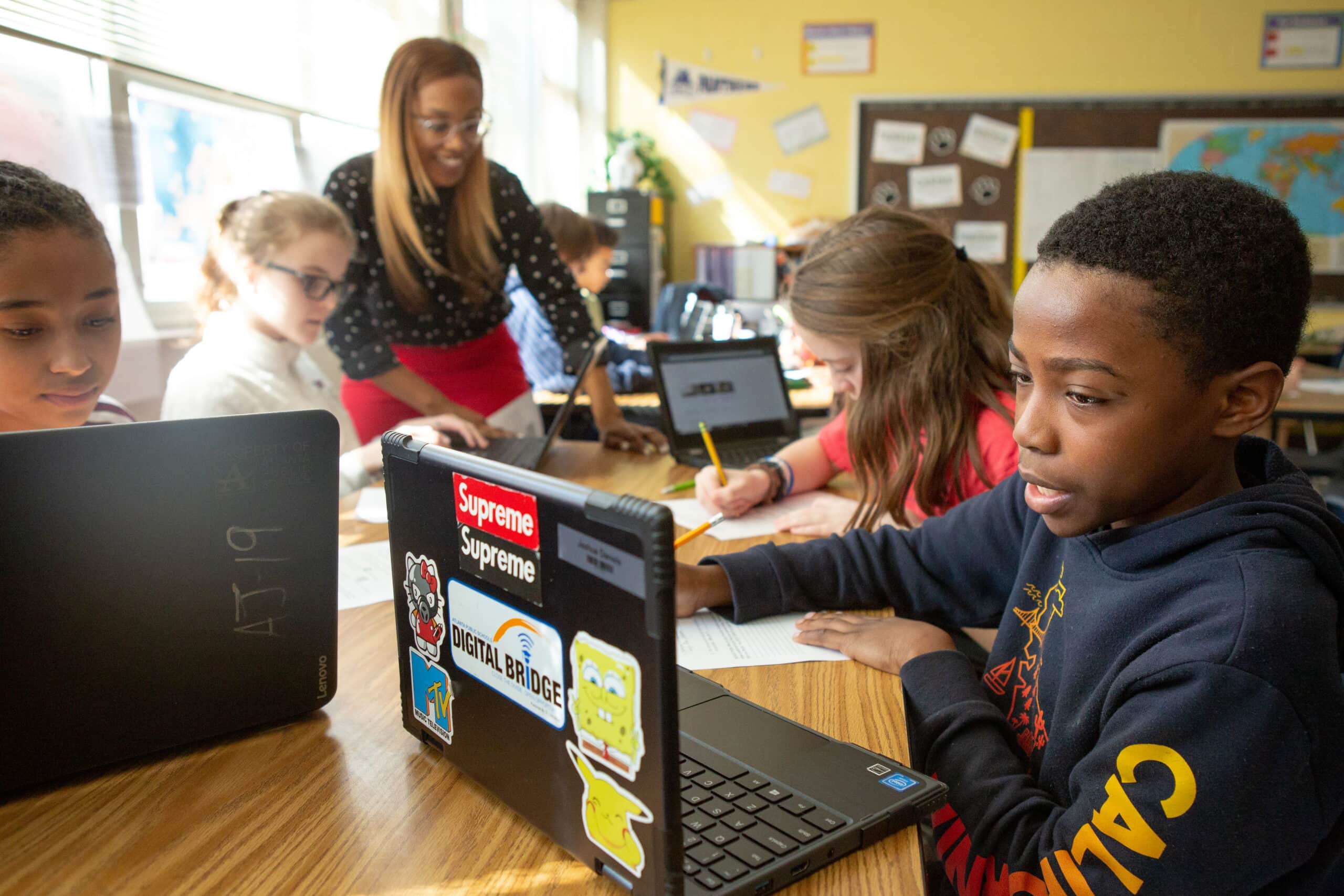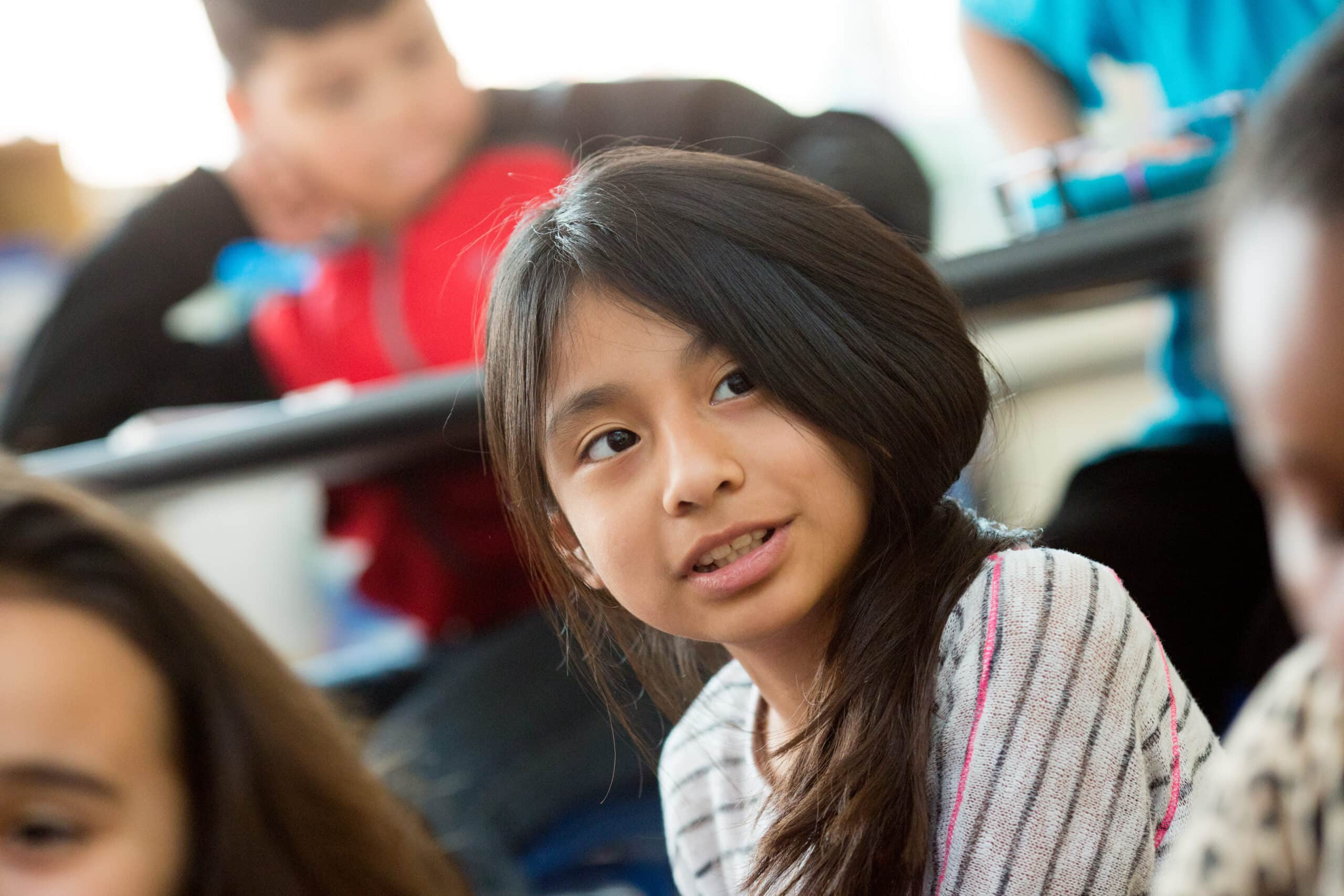2021 English Learner Advocacy Institute
November 11-14, 2021Lodi, CA Californians Together invites applicants to an extraordinary, four-day professional development event for selected leaders and advocates for quality education for English Learners. This is a fully-funded […]






